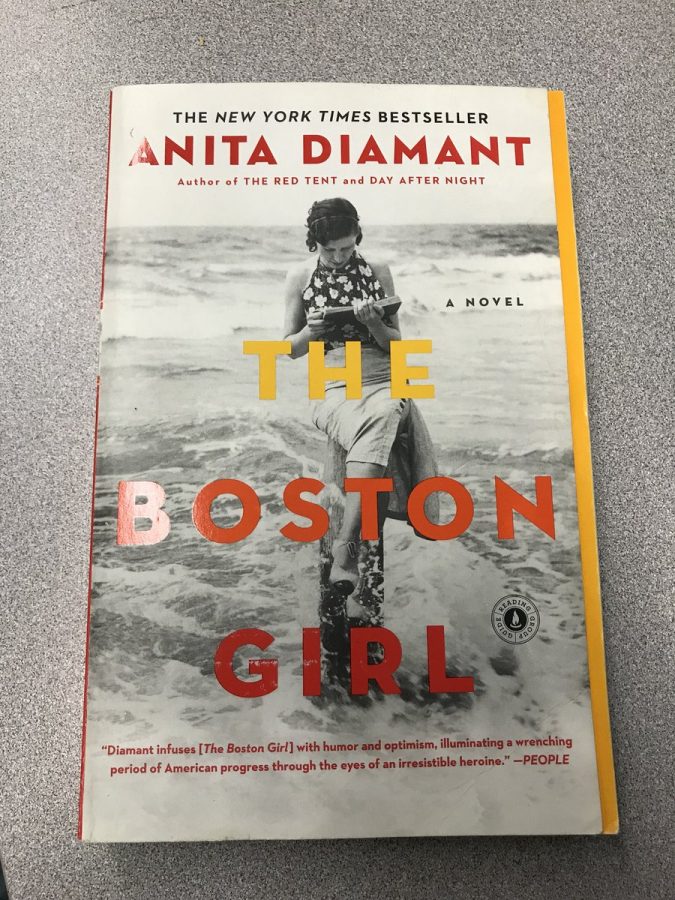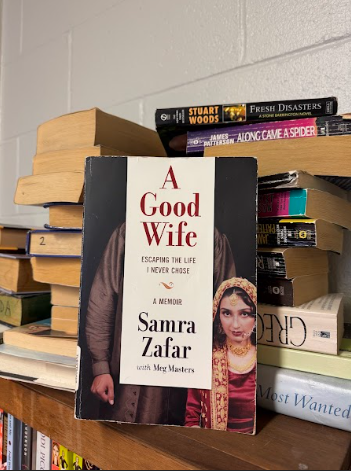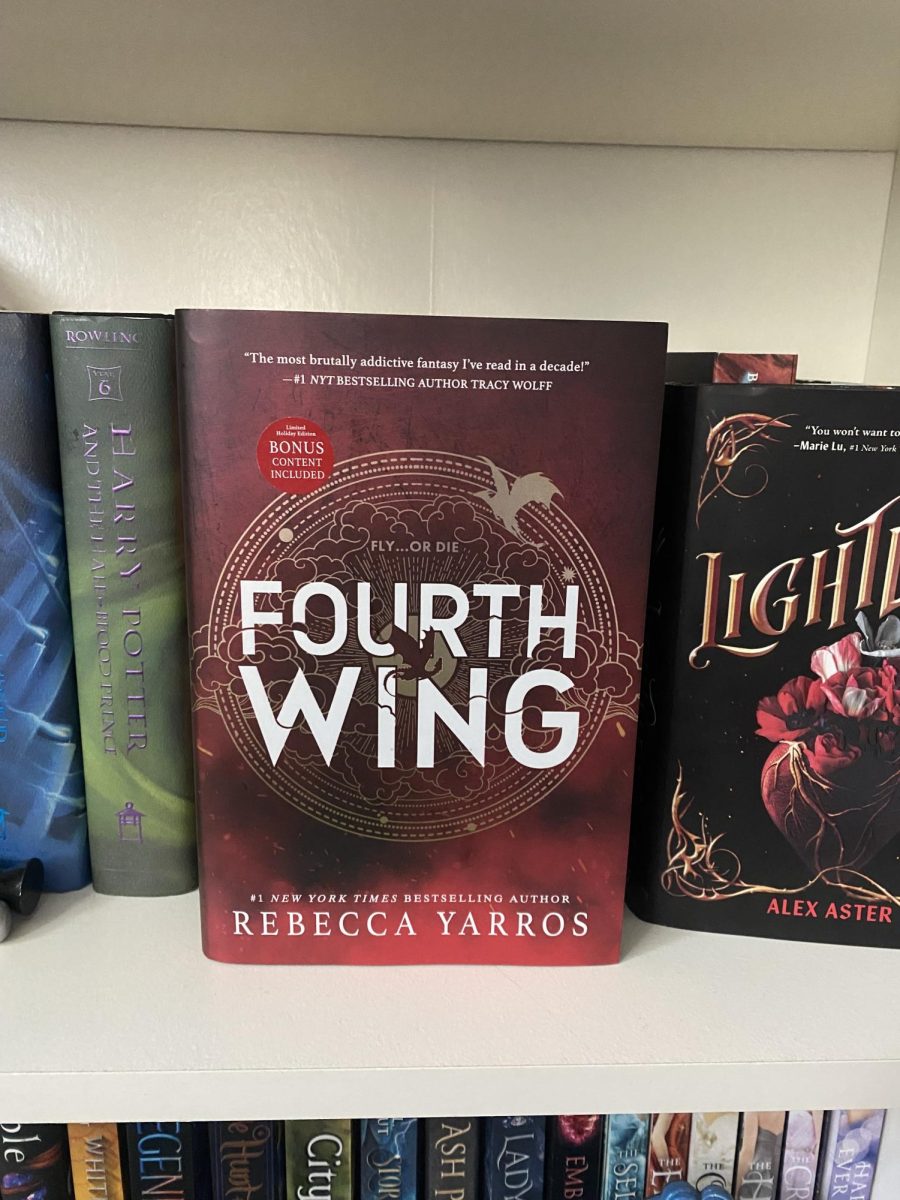Veteran author Anita Diamant hasn’t graced bookshelves with an international bestseller in over four years. Ending her half-decade career hiatus is a highly anticipated new title, The Boston Girl, – a sure satisfier for dedicated fans. As always, Diamant’s recipe for success lays in her expected and typical, old-fashioned storytelling. The novel, aided by colorful characters and a fidgety plot- proves the at-times overlooked chronicler capable of drafting meaningful, relevant work in an artistically challenging time.
The Boston Girl, far distinguishes itself from Diamant’s most famous work, her debut 1997 feminist classic The Red Tent. Individually, this story plays out like one giant historical supercut. The narrative begins with 85- year- old Addie Baum recounting her life story to her granddaughter via tape-recorded monologues. Readers experience the Suffrage Movement, Prohibition, World War I, and the Great Depression, through the eyes of an impoverished, Jewish-American Bostonian. The plot is far-reaching (and predictable), sure – but it’s supposed to be.
Obviously, more than anything, a political statement is intended to be made from the events of the novel. In a time of renewed interest in immigrant and women’s movements, the book’s subtle feminism hits close to home. Young Addie Baum’s self-discovery not only emancipates the character, but also empowers the reader. There is something undeniably comforting in seeing a strong, female protagonist, turn into a free thinking woman in three hundred pages.
Of course, Diamant is not new at this. Protagonist Addie follows the mostly unchanged character arc of each of the dramatist’s previous leading ladies. What makes this novel stand out, however, is a uniquely sentimental tone. Two concurrent stories unfolding consistently show this: the rebellion of a young teenager, and the exploration of a profound grandmother-granddaughter relationship. What the work lacks in action, it makes up for it poignancy.
Moreover, Diamant’s chosen narrative structure is a story-within-a-story, so to speak, which furhter enhances the piece. The reader comes to know two Addies, one, a youthful free-spirit; the other, a doting grandmother. This allows for a fuller understanding of the evolution of Baum’s character. Expectedly, the lessons Baum learned in earlier life travel with her to later life, and change her in innumerable ways.
“She’s got a particular kind of resilience,” says author Diamant of the personality she crafted, “… And I think resilience is a particular theme of mine that I enjoy exploring. I think people are resilient in very different ways…”
Perhaps it would be easy to shrug off The Boston Girl, as sappy, book-club chick lit. Some may consider it just that, but its depth and nuance separate it from other writings in its genre. Diamant’s power lays in her ability to draft modern works, with bold, millennial-approved females, while also staying true to the classic formula and styles of the past. While texts of this fashion are no longer as majorly successful as they used to be, the author’s dynamic, layered characters like Addie might just help put an end to that.











